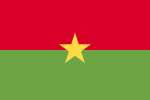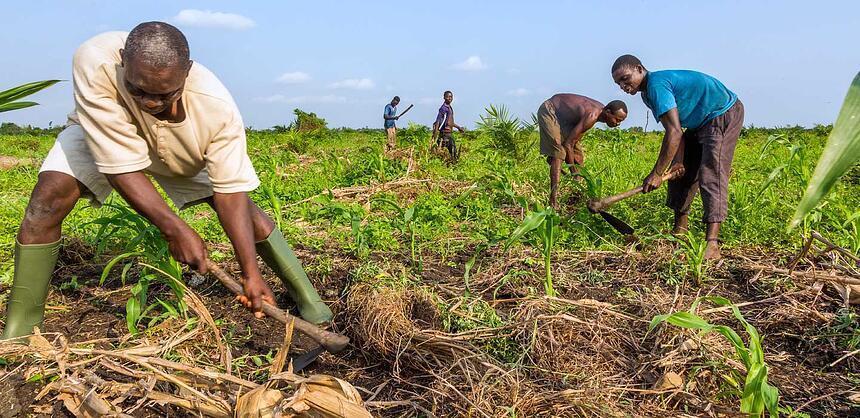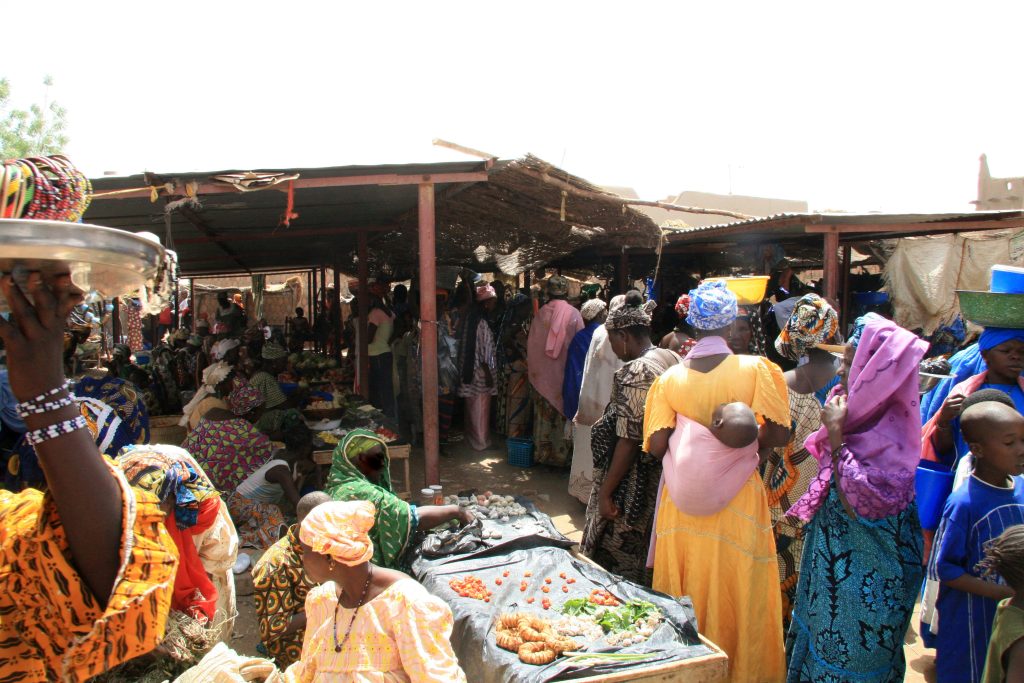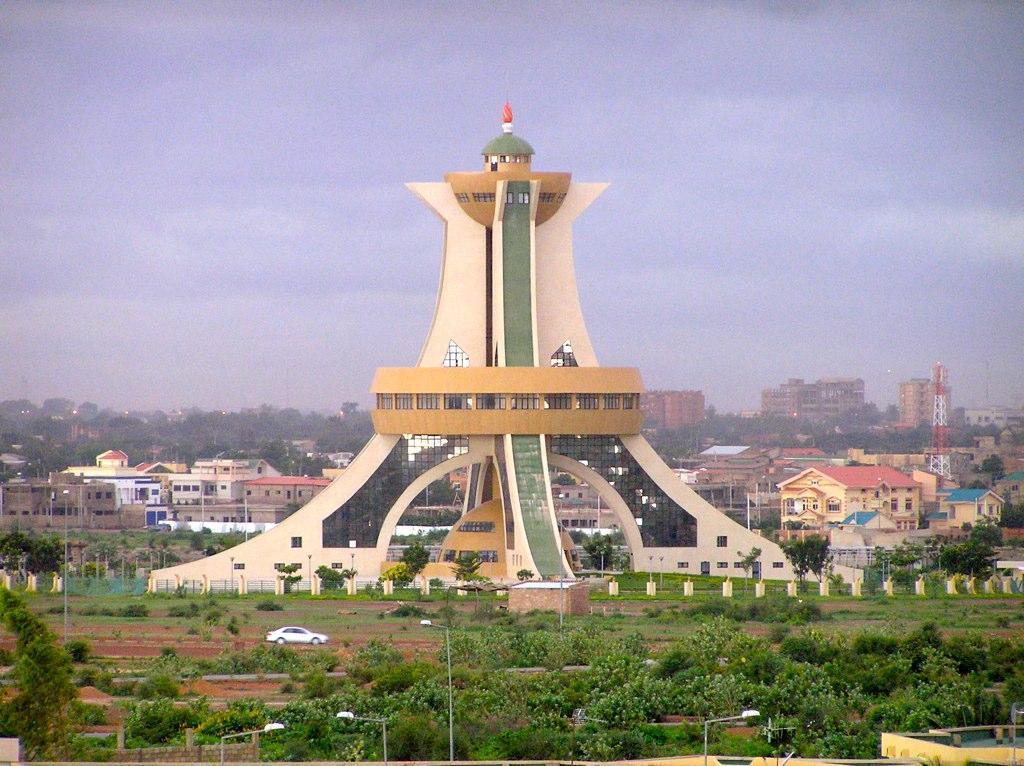Benin is now a middle-income country with a GDP per capita that has risen from 637,246.97 XOF in 2014 to 732,277.85 XOF in 2020. Benin’s economy is dominated by trade, agriculture and the processing of agricultural products, which are sectors largely centered on the two export products of cotton and cashew nuts.
Economic situation: remarkable recent performances
Benin’s real growth rate increased from 3.3% in 2016 to 5.7% in 2017 before rising to 6.7% in 2018. This acceleration in growth continued in 2019 with GDP rising by 6.9%, despite the closure of the Nigerian border. In 2020, however, Benin was confronted with two exogenous shocks: the ongoing crisis with Nigeria and the COVID-19 pandemic. Despite these shocks, the country recorded economic growth of 3.8% in 2020, the highest growth rate for the year in the WAEMU zone. The latest projections point to a revival of activity with a GDP growth rate of 6.0% expected in 2021 and which could reach 7.5% in 2023. Although the port, transport, hotel and restaurant sectors were particularly affected, Benin was able to count on the good performance of the agricultural sector, with increased cotton and food production. Cotton production amounted to 714,714 tons of seed cotton for the 2019-2020 season, an increase of 5.4% compared to the previous season. As for food crop production, it increased by 1.9%.
The Beninese economy also benefited from the continued implementation of major infrastructure projects under the Government's Action Program. Inflation increased quickly in 2020 due in part to the rise in the price of agri-food products. After rising by 0.8% in 2018 and -0.9% in 2019, it stood at 3.0% in 2020, i.e., the ceiling set in the WAEMU convergence criteria. The trend in 2021 should be towards a slowdown in the rise in the general price level with inflation expected to reach 2.0%.
Post-pandemic growth: encouraging outlook
Benin’s economy is based on its agriculture, which has improved significantly in recent years, but also on transit with Nigeria.
After a slowdown in 2020, the Beninese economy is expected to grow by 6.0% in 2021. This growth could reach 7.0% and 7.5% in 2022 and 2023 respectively. This dynamic growth of the Beninese economy would be due, among other things, to the mitigation of the impact of COVID-19 and the continued implementation of the government’s policy based on the structural transformation of its economy.
The tertiary sector, the engine of Benin's growth, which accounts for nearly 50.0% of GDP, is expected to grow by 4.4% in 2021 and 5.6% in 2022 before reaching 6.2%, compared to 4.9% in 2020, due to the easing of measures imposed as part of the fight against COVID-19.
The primary sector, with an average contribution of nearly 30.0% to GDP over the last five years, is expected to grow by 4.6% in 2021 after 1.8% in 2020. The growth of the sector would be 4.8% and 4.9% in 2022 and 2023 respectively. In the secondary sector, value added would increase by 10.2% in 2021 compared to 5.2% in 2020. This increase can be explained by the improved performance in all the branches of the secondary sector, particularly in the construction and public works sector, manufacturing industries, as well as the increase in energy production through the new energy plant.
Coherent and ambitious government policy
In 2018, the Beninese government adopted a National Development Plan which aims to specify the strategic benchmarks for development action over a period of eight (08) years (2018-2025 NDP). This plan reinforces the achievements of the Government’s 2016-2021 Action Program and aims to improve the productivity and competitiveness of the economy and the living conditions of the population with the ambition of achieving double-digit growth by 2025.
The government has also implemented other 10-year development plans launched in 2019 that are ongoing. These include the 2017-2025 Strategic Plan for the Development of the Agricultural Sector (PSDSA) as well as the 2017-2021 National Agricultural Investment, Food Security and Nutrition Plan (PNIASAN). These programs are supported by seven (7) agricultural development poles with the implementation and extension of the promotion of the cotton, rice, cassava, pineapple, corn, and cashew sub-sectors.
The reforms implemented, particularly in the agricultural sector, have made Benin the leading cotton-producing country in Africa and have enabled it to rise to 149 th in the Doing Business 2020 ranking.
For a more comprehensive view of the Beninese economy and investment prospects, download Benin’s information note available here.
Source: Benin’s Information Note – August 2021













